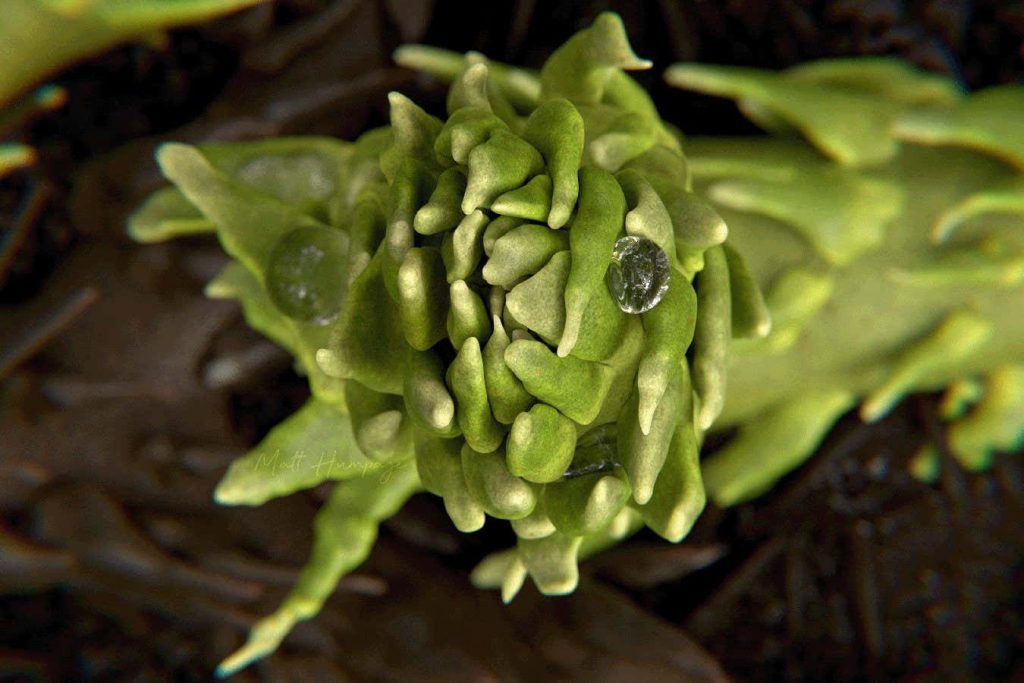Digital reconstruction of the ancient club moss Asteroxylon mackiei
Matt Humpage, Northern Rogue Studios
A 400-million-year-old fossil reveals that, unlike most modern plants, some of the earliest land plants didn’t have leaves radiating out at angles that follow the Fibonacci sequence. The discovery could force a re-think of a century-old theory of leafy plant evolution.
Most modern land plants grow leaves in a spiralling pattern where their angles in relation to one another settle on the “golden ratio” derived from the famous Fibonacci sequence – a set of numbers where each is the sum of the two preceding ones, as in 1, 1, 2, 3, 5 and so on. From flowering artichokes to pine cones, the pattern appears in more than 91 per cent of land plants today.
“Lots of things you’re familiar with, if you look at them in detail, you’ll actually find evidence of Fibonacci spirals,” says Sandy Hetherington at the University of Edinburgh in the UK.
Advertisement
To investigate if the earliest land plants followed this same rule, Hetherington and his colleagues examined fossils that had been extracted from a sediment deposit called Rhynie Chert in Scotland. They chose fossils of one of the oldest leafy species preserved: the club moss Asteroxylon mackiei, which grew during the Devonian Period, 400 million years ago.
The team digitally layered thin slices of the fossils – one of which had been collected over 100 years ago – into a 3D reconstruction. The model revealed a diverse set of swirls, whorls and spirals in A. mackiei’s leaves.
“I went into this investigation assuming that we were going to find Fibonacci spirals there,” says Hetherington. “It really came as a shock.”
The unusual structure suggests, contrary to many botanists’ previous assumptions, that leafy plants didn’t necessarily start out growing leaves following the Fibonacci pattern. Instead, they appear to have evolved to follow that rule over the past few hundred million years. Some modern club mosses related to A. mackiei also have non-Fibonacci spirals, so the trait hasn’t been entirely lost.
Because fossils of other kinds of primitive plants are often missing key parts of their stem or leaves, “looking at these rosette-type fossils was an extremely good idea”, says Jonathan Swinton at a Deodands, a private scientific consultancy in the UK. The finding “sets up a really interesting opportunity for interactions between mathematicians and biologists”, he says.
Researchers still don’t know why so many plants have leaves that follow the Fibonacci spiral, but some speculate that it is their way of maximising the amount of sunlight that hits each leaf.
Topics:

